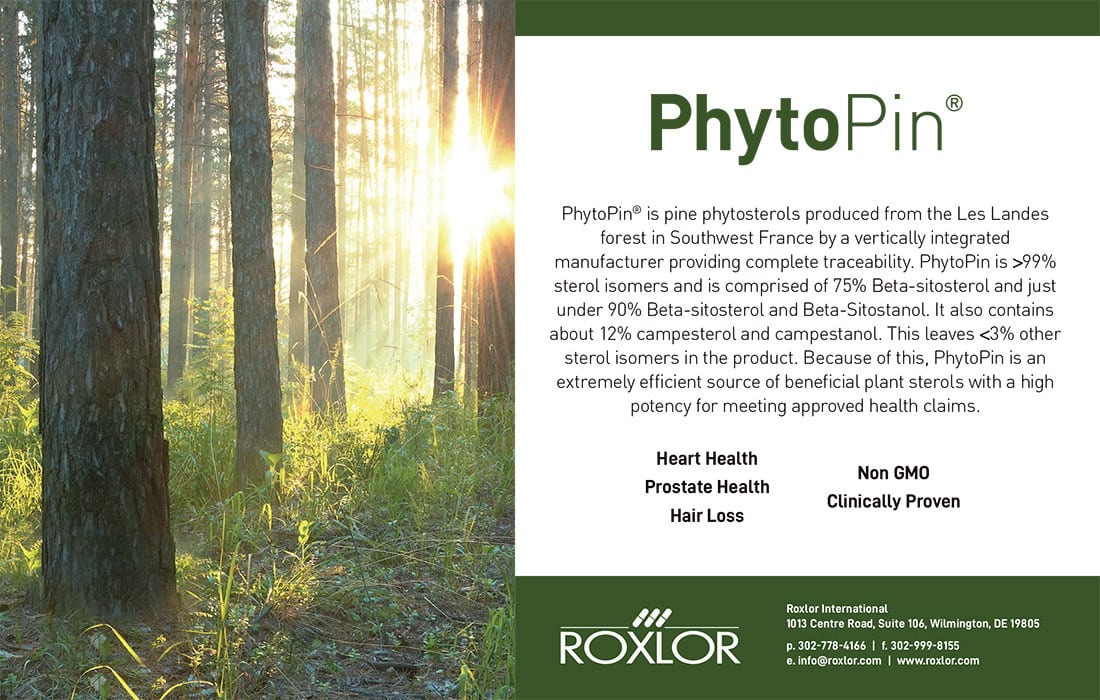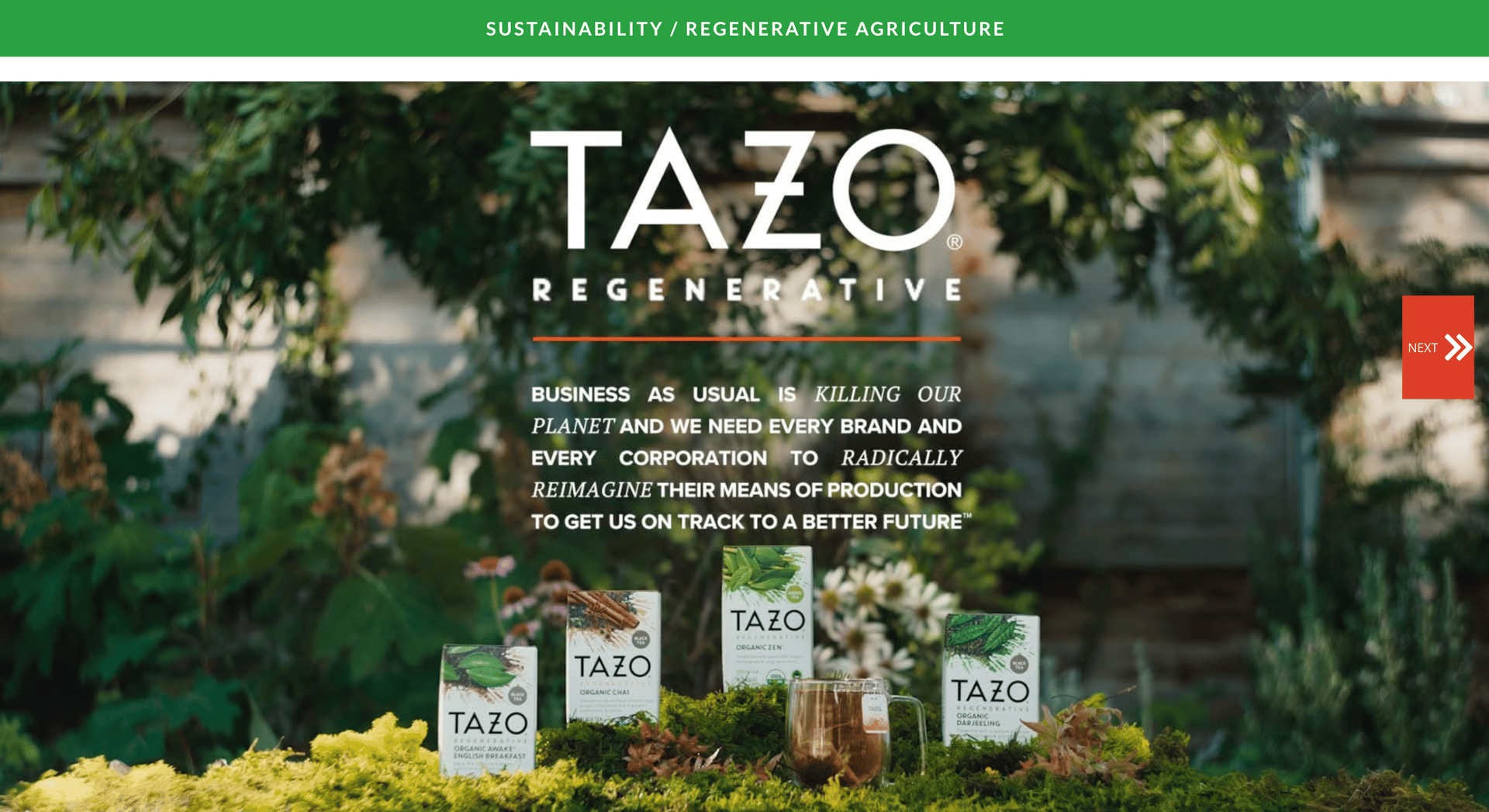WHAT’S NEXT IN 2025?
SUSTAINABILITY / UPCYCLING

Credit: bakhtiar_zein / Getty Images
Editor’s Note: At a time when more consumers are identifying sustainability and planet health as important, there’s a growing, global infrastructure for products incorporating upcycled ingredients. To learn more about this sector’s progress—and prospects for 2025, Prepared Foods reached out to Amanda Oenbring, chief executive officer at the Upcycled Food Association; and Kathryn Britton Director of Innovation for UFA’s certifying partner, Where Food Comes From, Inc.
By Erin Costello
Upcycling is alive and well—and poised to grow—in 2025.
Upcycling’s Upside!
By Bob Garrison
Amanda Oenbring
Chief Executive Officer, Upcycled Food Association


Kathryn Britton
Director of Innovation, Where Food Comes From, Inc.
Credit: Kara Meloy / Courtesy Amanda Oenbring
Credit: MacKenzi Knight / Courtesy Kathryn Britton
Prepared Foods: Congratulations Amanda! We saw the Upcycled Food Association hit its five-year anniversary in 2024. How did you celebrate?
Amanda Oenbring: Thank you and it is a significant moment for the organization to look back and celebrate our first five years and to chart the course for our next five years and beyond. To mark the moment, we brought together perspectives from across our global community for a weekly public webinar series with exploratory deep dives into fascinating upcycled food topics.
PF: One UFA webinar explored “The Global State of Upcycling.” Looking back on 2024, what highlights would you point to in regard to the US market involving finished food and beverage processor-manufacturers and their suppliers?
Oenbring: Upcycled food continues to grow with our strong membership roots in North America. Leading categories seeing continued growth that are Upcycled Certified include snacks, beverages and pet products while across UFA membership we see strong interest in academic research, infrastructure, technology and ingredients paving the way to create all those great products. Globally, the growth of upcycled is strong—particularly across Europe and Asia.
PF: UFA hosted another webinar titled, “Unleashing Innovation” in upcycled products. How did your presenter address this?
Oenbring: Dr. Lara Ramdin, Upcycled Foods Inc. chief innovation & science officer, is one of the most passionate advocates for upcycled food and her work and network spans continents. Her perspective is key to both the legacy and the future of the upcycled movement.
Dr. Ramdin has led both our scientific fellowship cohorts to date as well as will be co-leading expanding that fellowship with a year-round scientific community in 2025. She champions democratizing nutrition and access to upcycled products so most of the food we produce can reach its highest and best use: to feed humans.
Examples of this include catalyzing upcycled ingredient benefits such as fiber, such as the whole nut processing being pioneered by UFA member RE-NUT. This demonstrates how you can capture powerful natural attributes that are available to harness through technological advancements.

Atomo’s beanless coffee is made with multiple ingredients including upcycled date pits, chicory root, grape skin, sunflower, guava and lemon. Credit: Atomo Coffee LLC
PF: How can UFA encourage more upcycling innovation?
Oenbring: As a membership-based trade association, the core of our mission at the Upcycled Food Association is unleashing innovation to stop food waste. The courageous innovators we support range from the academic community and food scientists proving how rescuing, stabilizing and incorporating delicious nutrition can be possible to the companies formed around upcycling or committing to integrate it into their current formulations or new launches.
At UFA we help spark the ideas, provide resources and make connections for all of this innovation to happen faster and more efficiently, cross-pollinating work happening across the planet.
PF: Closing out this year, is there anything else you’re particularly proud of?
Oenbring: Yes indeed! UFA was been selected for The Curt Bergfors Foundation’s Food Planet Prize Longlist 2025. It’s an honor to be among just 39 global sustainability initiatives from more than 1,000 initial submissions from 23 countries and six continents. UFA was one of only seven programs identified in the United States.
Next spring, this program will further evaluate all programs to develop a Shortlist and eventually, next June, they will name a single winner.

Diana's marked its 30th anniversary with new White Chocolate Birthday Cake Banana Sticks at Target. Its products feature upcycled bananas sourced from Ecuador. Credit: Diana’s Bananas LLC
PF: Speaking of next year, where do you think the upcycling industry could make important strides in 2025?
Oenbring: As I think about the year ahead, for our global membership at UFA, our increasingly dynamic food system and the both the near and long-term future of our shared home, this one precious planet, my hope is that 2025 will bring motivated action and meaningful collaboration.
We have five years to reach the global commitments of the Sustainable Development Goals and SDG 12.3 calls us to decrease food waste by half by 2030 and we all have a part to play. This includes policymakers, retailers, foodservice operators, consumers and others. We have a daily opportunity to align our actions with our values and I hope that every individual, company, organization and collective will seek ways to take tangible, coordinated action together. We can do more together than we can alone and the time is now. To all those reading this, I say we have a seat waiting to add your perspective to our membership community.
PF: Lastly, what’s your impression of consumer understanding and acceptance of upcycling? Can you see additional ways to make inroads with them more in 2025?
Oenbring: I am excited to see year two of “Upcycled Food Month” in June continue to grow the awareness and volume of upcycled food. We began this annual initiative with a focus on shared storytelling among UFA members, media outreach and public facing education and we will grow in future years to include retail activations, encouraging retailers to source, prominently display, and promote upcycled products.
As consumers realize how many categories and segments upcycled food products range, it is meaningful to think about the power they do have to help increasingly stop food waste through their everyday purchases, both at the grocery store and beyond as upcycled food inputs extend into cosmetics, home and personal care and more.

New 26g Protein Shakes with eco-friendly, high protein appeal. They feature Upcycled Certified, and Non-GMO Project Verified barley protein. Credit: Chris Sorenson / Courtesy REBBL, SYSTM FOODS
PF: Kathryn, from your perspective, where do you think the US upcycling sector could most improve in 2025?
Kathryn Britton: Upcyclers in the US food sector need to be bold coming into 2025! There is no doubt that upcycled ingredients are here and an important innovation in the food supply chain. However, there are still too many in the food sector that have not looked towards upcycled ingredients yet, as they assume they are niche or inaccessible at scale. This is not true!
There is so much happening in the upcycled food space: the ingredients are here, and the impacts are real. So, when I think about how we as the collective upcycling ecosystem can improve, it’s all about passing out the megaphones and starting to have bold conversations about the ability for ingredient sources to be upcycled first.
PF: What would you think food formulators or ingredient suppliers should know—that they might not realize?
Britton: Upcycled food ingredients are not scarce. Not only are they available to source on the open market, but if a brand looks internally into their unique manufacturing systems and processes, they may see that they have their own upcycled food ingredients right at their fingertips. It is all about the sum of the total impact.
Yes, there are scenarios where an ingredient must be sourced in conventional ways at some level, but why not supplement that with an upcycled version? It does not have to be an all-or-nothing game. Any upcycling is better than none, and it does not take long to start seeing the (very real) value of keeping food ingredients in the supply chain and out of the trash.
Learn more at www.upcycledfood.org and www.wherefoodcomesfrom.com

New mini flatbreads are baked with upcycled flour made from barley, wheat and rye rescued at the end of the beer making process. Credit: Atoria’s Family Bakery



